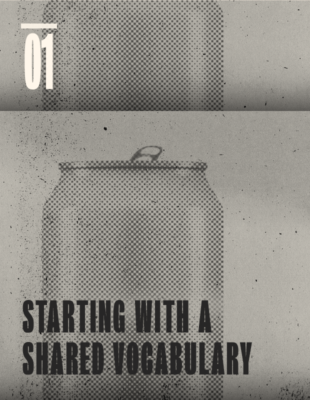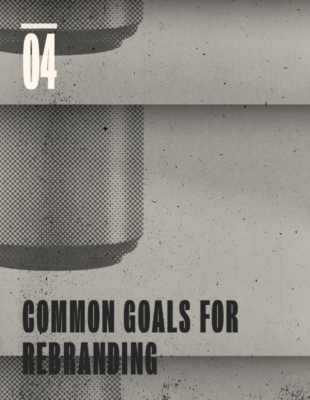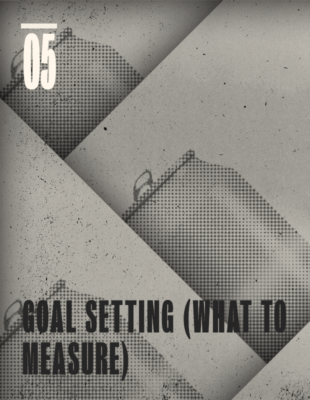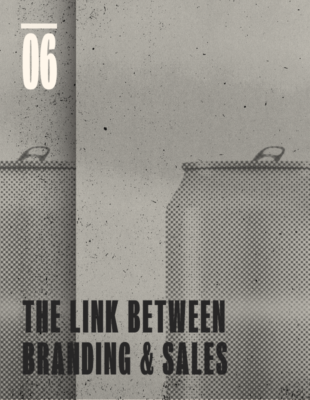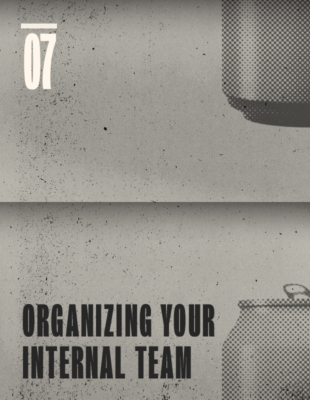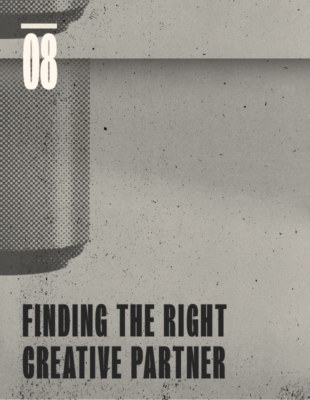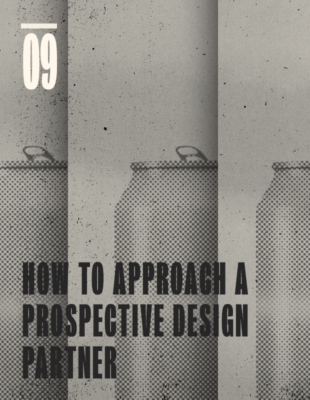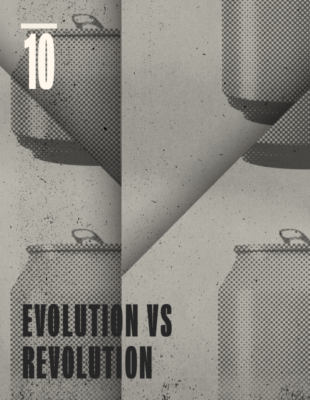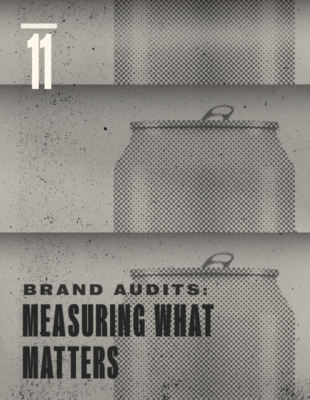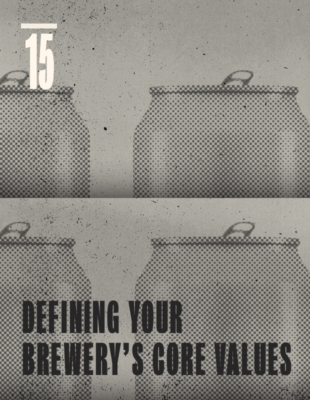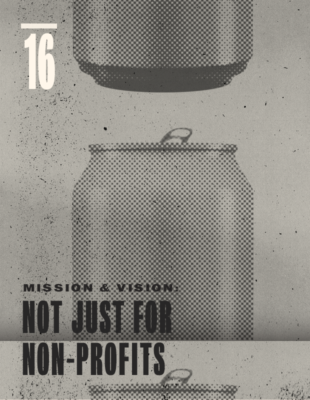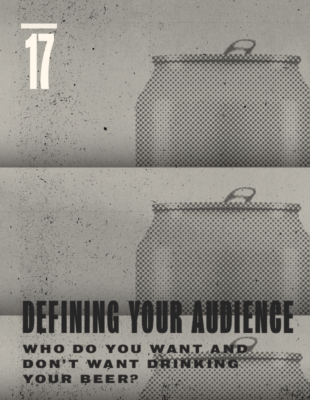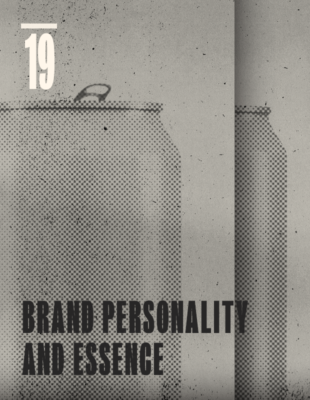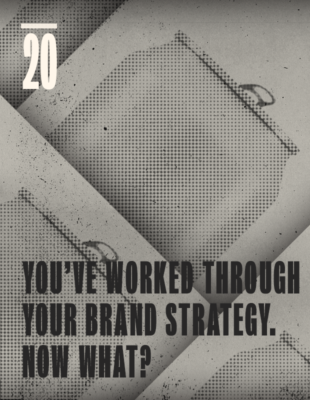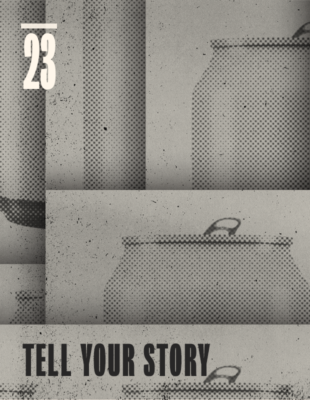The big day comes and you watch with bated breath as everything goes live on social media. Press releases go out, local beer press is alerted and everything is going great. Then, a negative comment pops up.
Okay, no biggie.
Then another one, and another one. And now we’re looped into some sort of nasty Twitter thread. There seems to be a large number of people who really don’t like the new look. And now people are comparing our new logo to the logo of a brewery we’ve never heard of halfway across the country. People are making our logo into a meme on Instagram. And there’s already a negative Reddit thread about our packaging—how? We only just announced everything three hours ago. Some guy calling himself “BeerZorro98” has started a petition to get you to change everything back to the way it was. The sky is falling. Dogs and cats living together. Mass hysteria.
